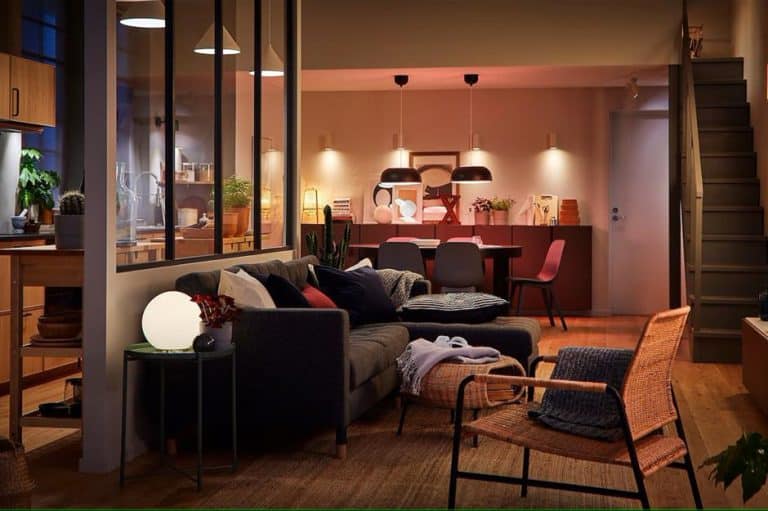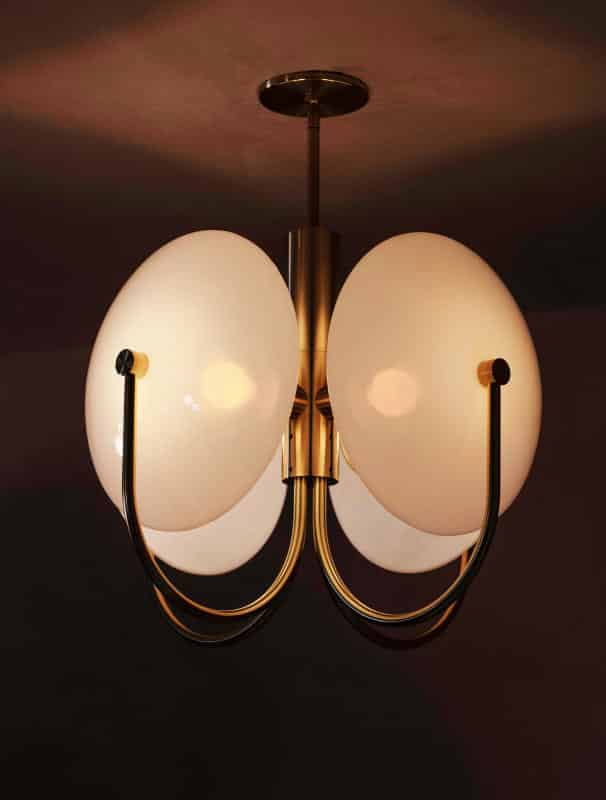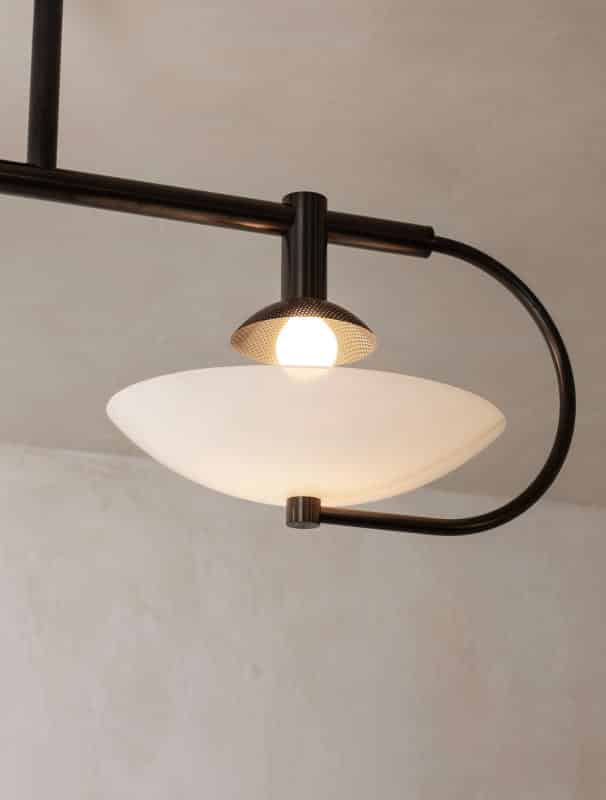Good air quality inside your home isn’t just about comfort—it’s crucial for your health. Every day, activities like cooking, cleaning, and even just breathing can affect your indoor atmosphere.
That’s why understanding how to manage your home’s ventilation is essential. This article will guide you through practical hacks to enhance airflow and ensure your home breathes as well as you do.
1. Understanding Home Ventilation Basics

Mechanical ventilation uses fans and duct systems to move air in and out of your home, ensuring a consistent flow regardless of outdoor conditions. Balancing these can drastically improve the air quality in your home, making it a healthier environment.
2. Optimal Placement of Windows and Vents
The strategic placement of windows and vents plays a pivotal role in maximizing ventilation efficiency. For instance, aligning windows across different walls promotes cross-ventilation, which can sweep out stale air and bring in the fresh air quickly.
When it comes to the kitchen, installing range hoods can capture pollutants at the source and vent them outside, which is essential for maintaining good air quality. Ensure that these hoods vent to the outdoors and not just recycle air within your kitchen to effectively remove unwanted cooking odors and contaminants.
3. The Power of Ceiling Fans
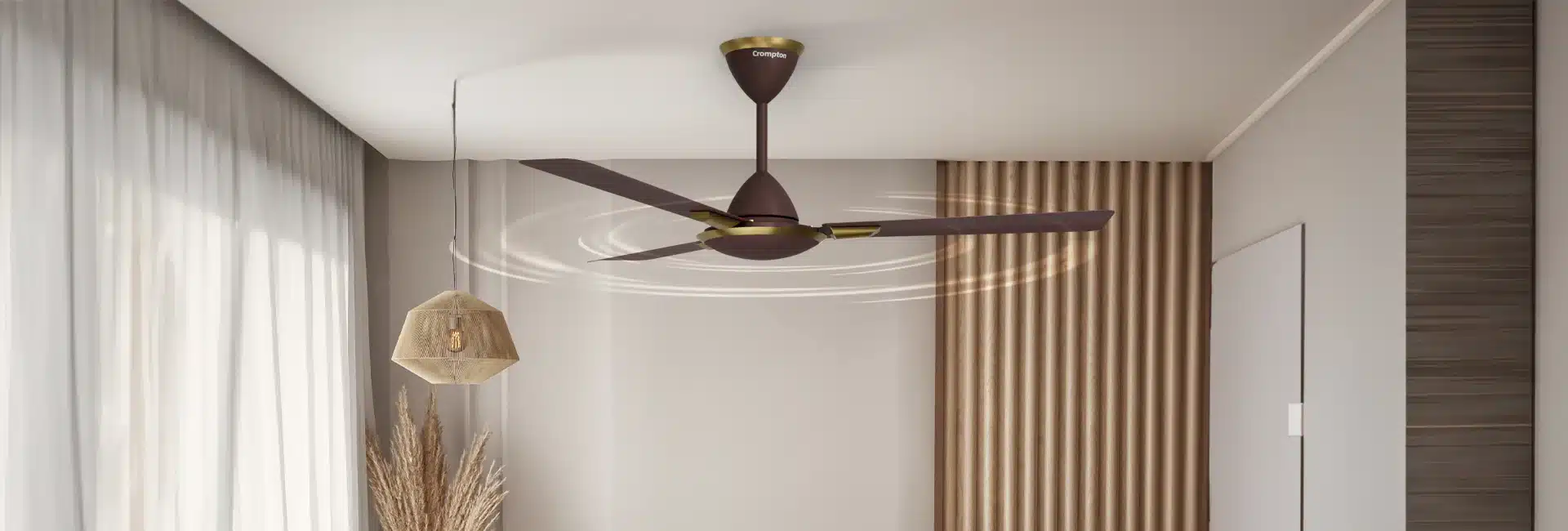
When selecting a ceiling fan, consider the size of the room. Larger blades are better suited for bigger rooms to ensure efficient air movement. Moreover, ensure that the fan is positioned centrally to optimize airflow across the entire room.
4. Utilizing Exhaust Fans
Exhaust fans are vital in areas that generate a lot of moisture, like bathrooms and kitchens. In bathrooms, an exhaust fan helps prevent mold by removing moist air quickly. In kitchens, they work to expel odors and excess smoke.
For effectiveness, the exhaust fan should have adequate power for the size of the room, and it should vent directly outside to prevent moisture problems elsewhere in the house. Regular cleaning and maintenance of these fans extend their lifespan and functionality.
5. Smart Home Ventilation Systems

They can be programmed to increase ventilation during activities that pollute the air, like cooking or using a fireplace. Smart systems not only improve comfort but also help in reducing energy consumption by automating when and how the home is ventilated.
6. Incorporating Plants for Natural Air Purification
Adding plants to your home isn’t just about aesthetics; they can also clean the air. Plants like spider plants, peace lilies, and snake plants are known for their ability to absorb pollutants like benzene and formaldehyde.
Place these plants in areas where you spend a lot of time, such as living rooms and bedrooms, to maximize their air-purifying effect. However, remember that while plants help with air quality, they can’t replace a good ventilation system. Use them as a complement to enhance the overall air quality of your home.
7. Regular Maintenance of HVAC Systems

Schedule maintenance at least once a year with a professional who can identify and fix potential issues before they become major problems. This not only ensures consistent air quality but also improves the efficiency of your HVAC system, potentially reducing energy costs.
8. DIY Air Purifiers
You can build a simple DIY air purifier using a box fan and a furnace filter. Attach the filter to the back of the fan, ensuring the airflow direction matches the arrow on the filter. This setup can help remove dust and other particles from the air.
While not as effective as commercial air purifiers, this low-cost solution can be a temporary measure or a supplemental addition to your home’s air quality strategy.
9. Weatherproofing for Better Air Control
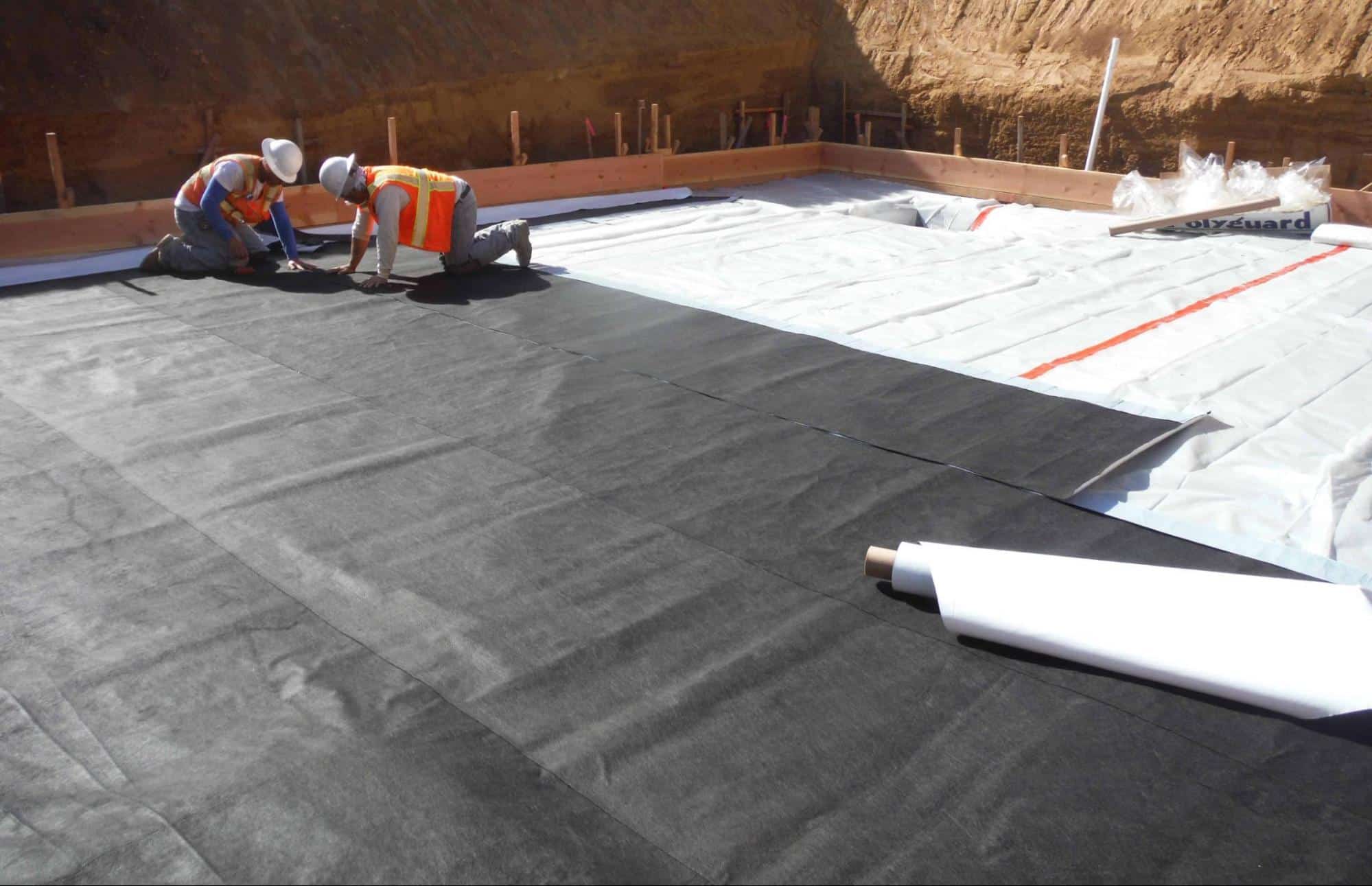
Use weatherstripping or caulking to seal these gaps, which helps keep out pollutants and allergens. Weatherproofing your home not only improves air quality but also increases energy efficiency by reducing the load on your heating and cooling systems.
10. Educating Yourself on Air Best Quality Standards
Understanding the air quality standards can help you keep your home’s air safe. Familiarize yourself with terms like Air Quality Index (AQI) and learn about the levels of different pollutants.
Many smart devices now can monitor your indoor air quality in real-time, giving you the data needed to make informed decisions about when to ventilate more aggressively or address specific issues.
Conclusion
By integrating these ventilation hacks, you not only ensure a healthier living environment but also contribute to the longevity of your home’s infrastructure. Each step, from maintaining your HVAC system to adding a few houseplants, works together to create a more comfortable and healthy living space.

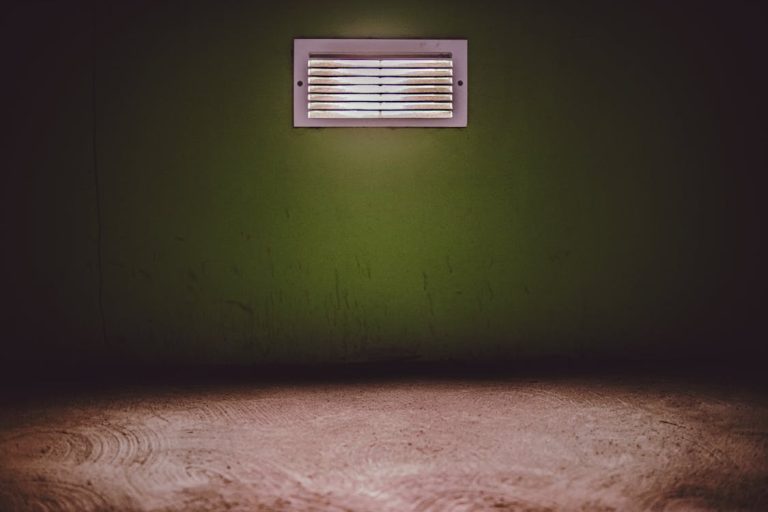
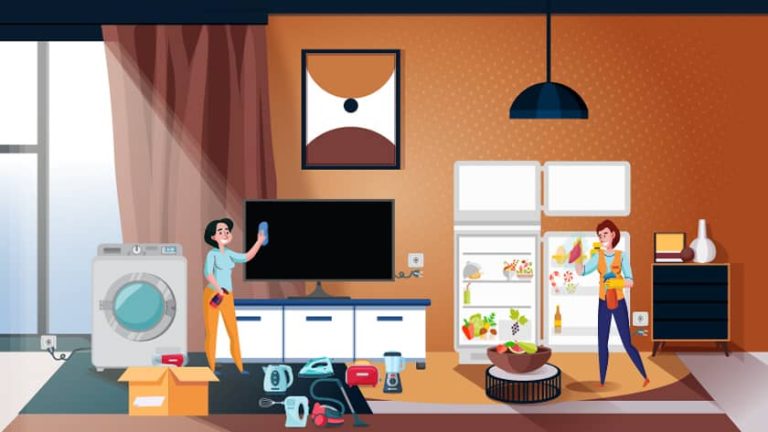
 Before you start packing your white goods, you need to prepare them properly. Here’s how:
Before you start packing your white goods, you need to prepare them properly. Here’s how: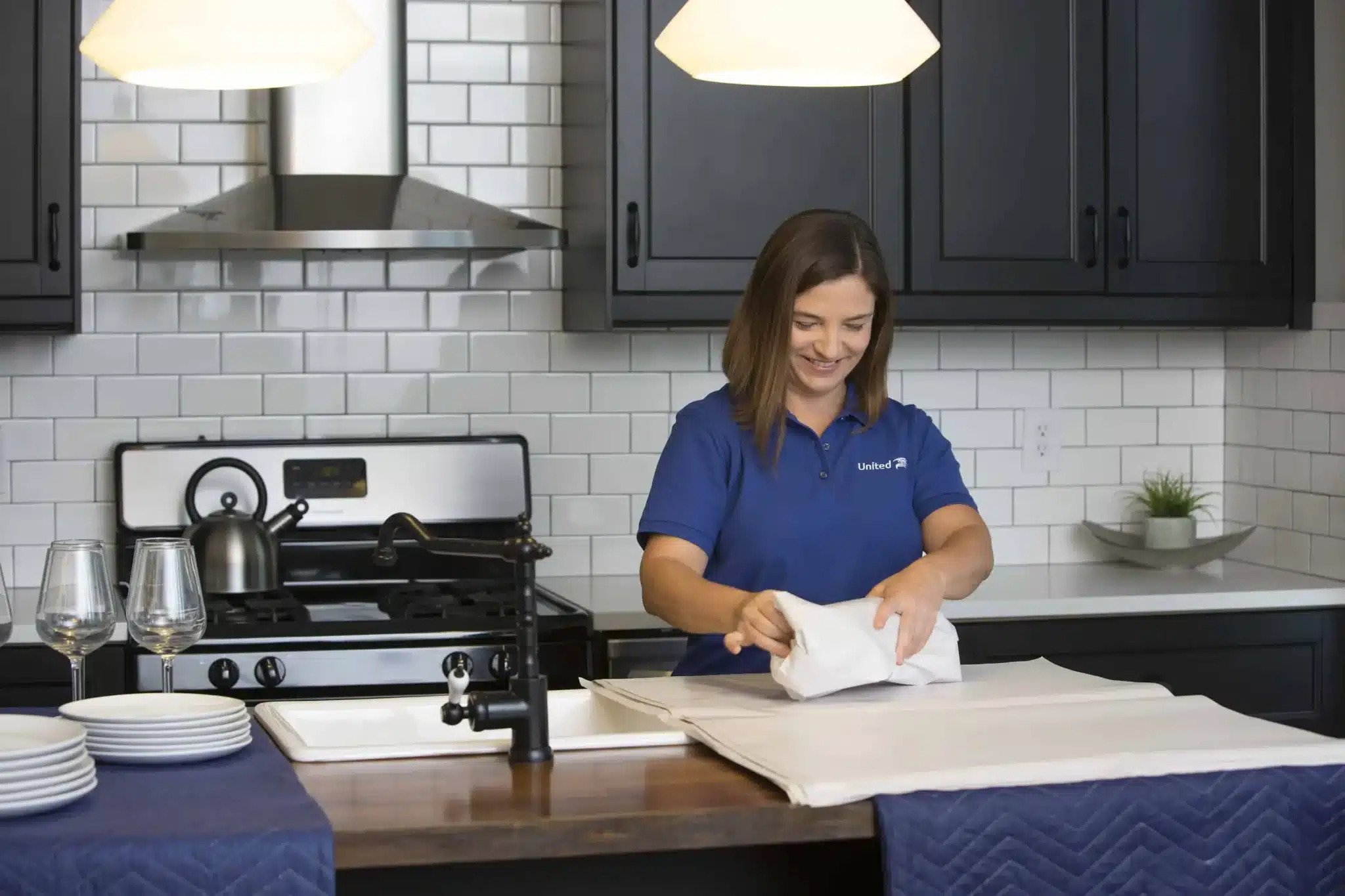 Now that your white goods are prepared, it’s time to pack them safely. Here’s what you need to do:
Now that your white goods are prepared, it’s time to pack them safely. Here’s what you need to do: Getting your white goods onto the moving truck requires some care and attention:
Getting your white goods onto the moving truck requires some care and attention: Once you’ve arrived, it’s important to
Once you’ve arrived, it’s important to 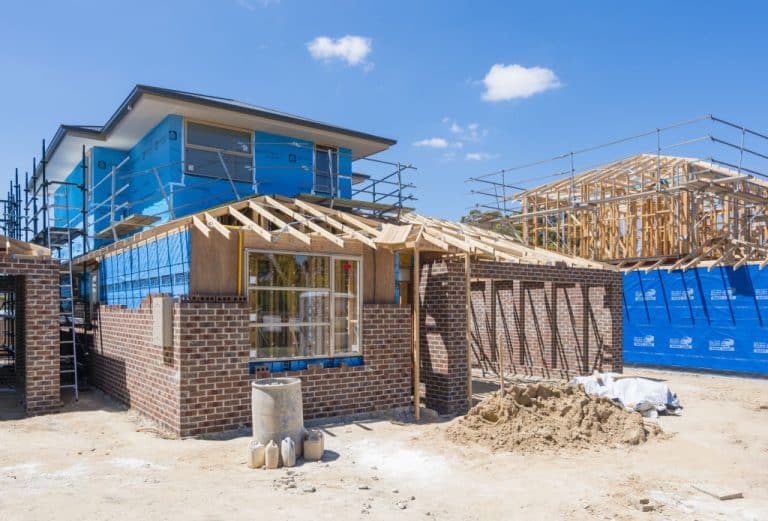

 When choosing a first home builder, customer service and communication should be high on your list of priorities. You want a builder who is responsive, transparent, and easy to work with. Here are some things to consider:
When choosing a first home builder, customer service and communication should be high on your list of priorities. You want a builder who is responsive, transparent, and easy to work with. Here are some things to consider: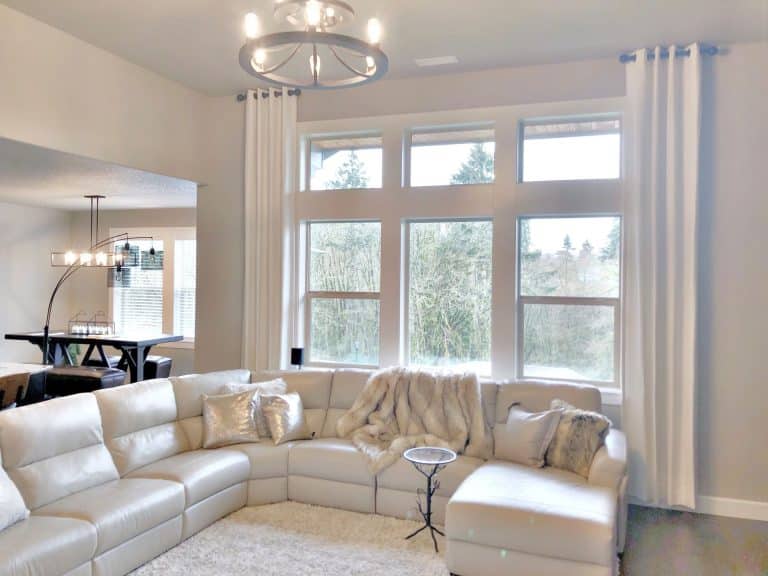
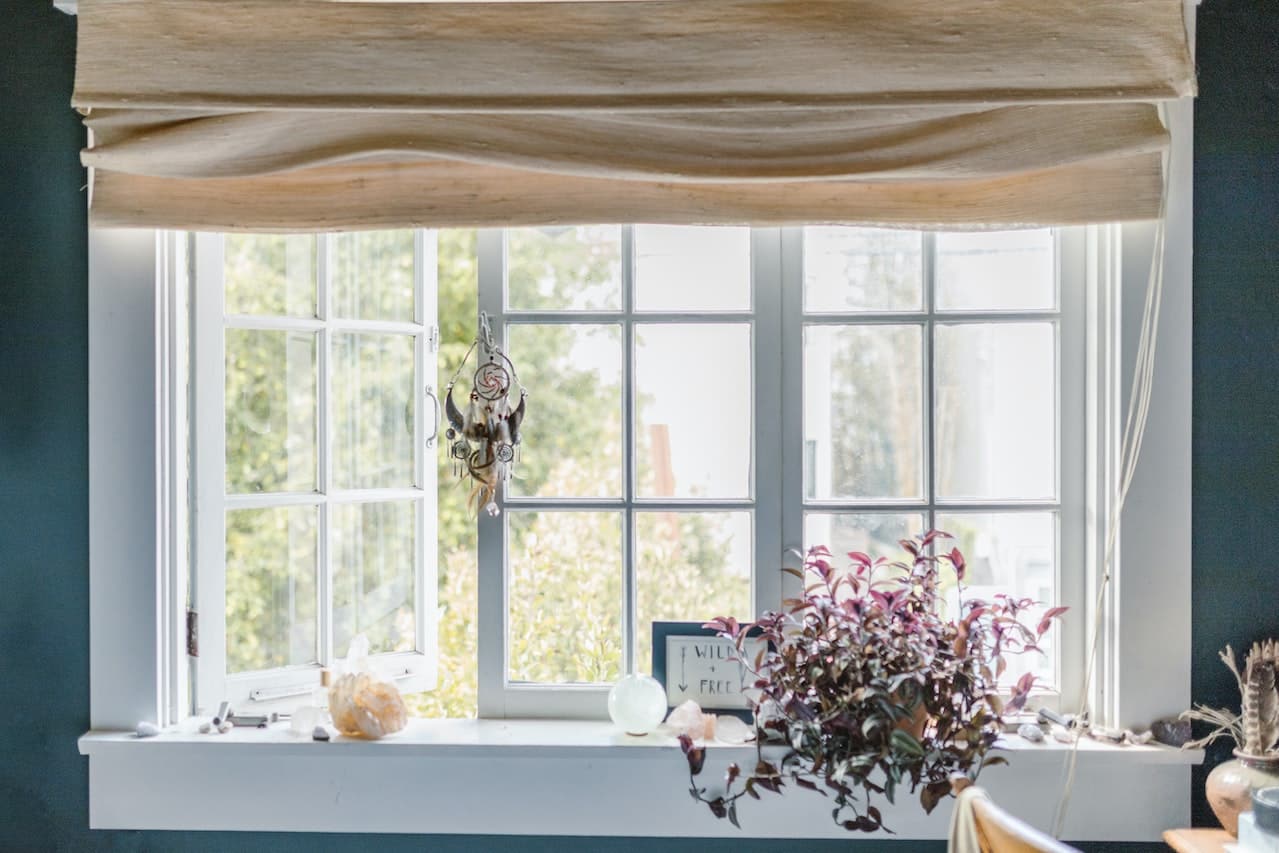
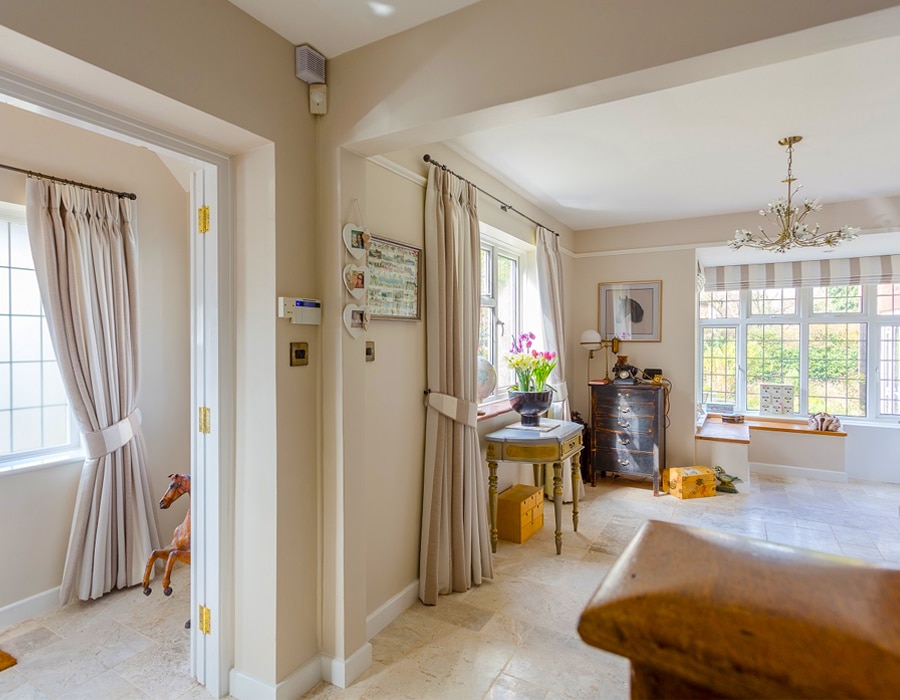
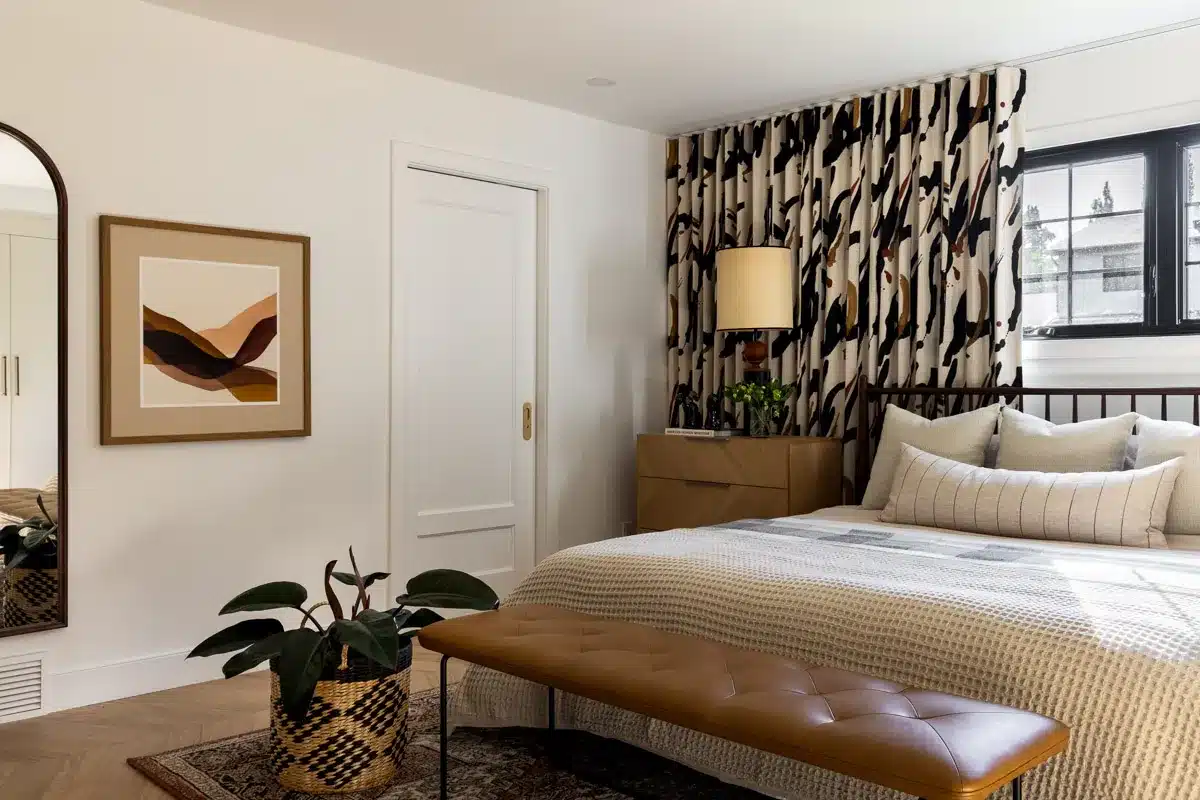

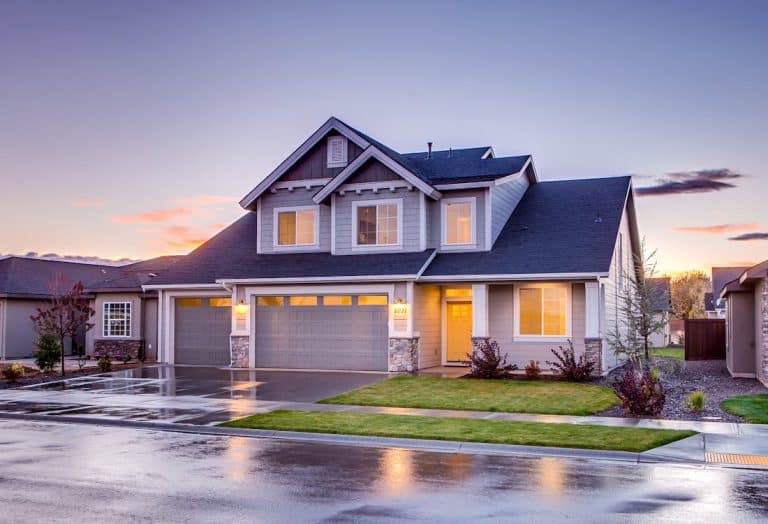
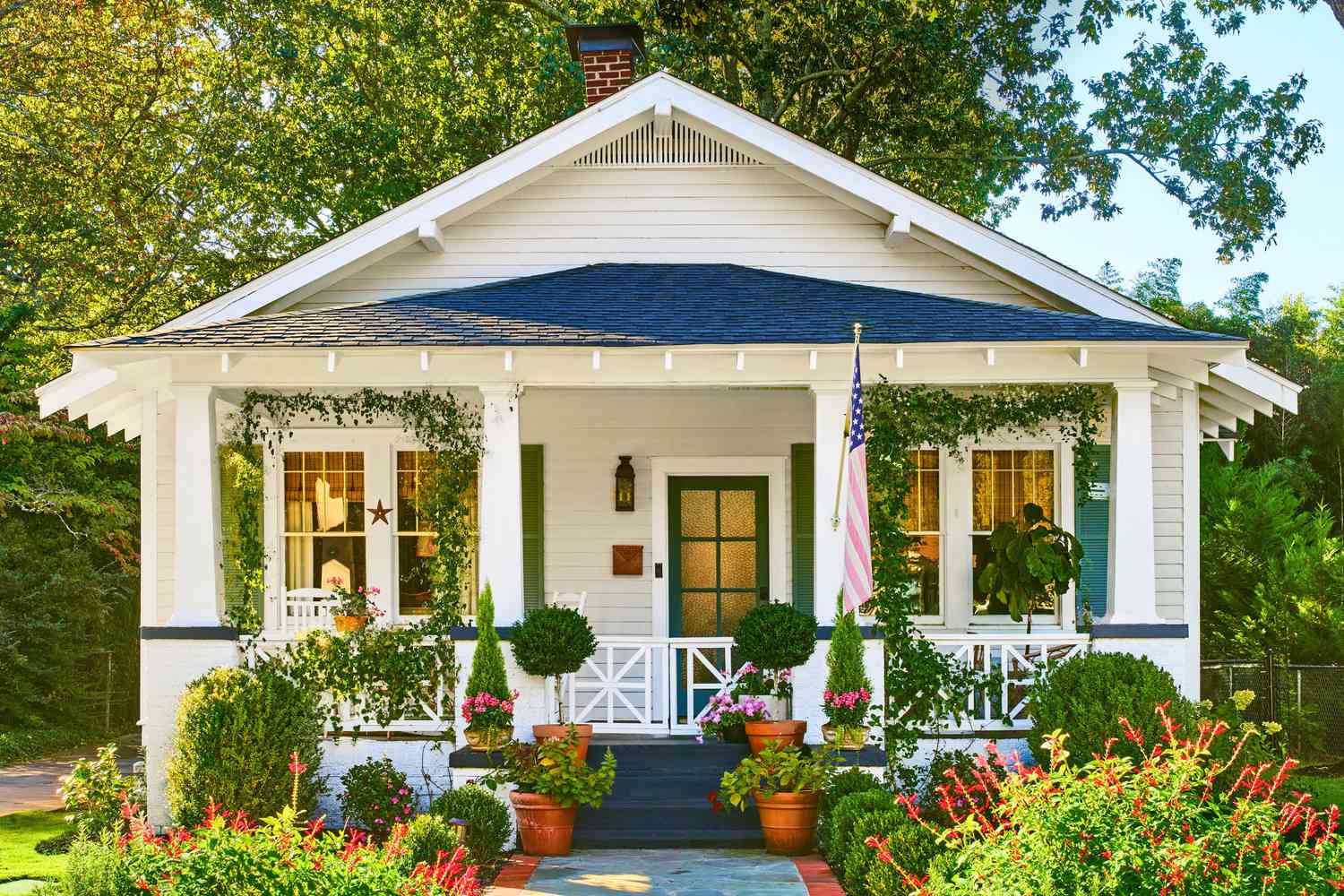 One of the most impactful ways to enhance your home’s exterior is a fresh paint job. Choose high-quality, weather-resistant paints designed to stand up to your local climate conditions. Opting for contemporary colors can update the look of your home, while classic hues might better suit a traditional style.
One of the most impactful ways to enhance your home’s exterior is a fresh paint job. Choose high-quality, weather-resistant paints designed to stand up to your local climate conditions. Opting for contemporary colors can update the look of your home, while classic hues might better suit a traditional style.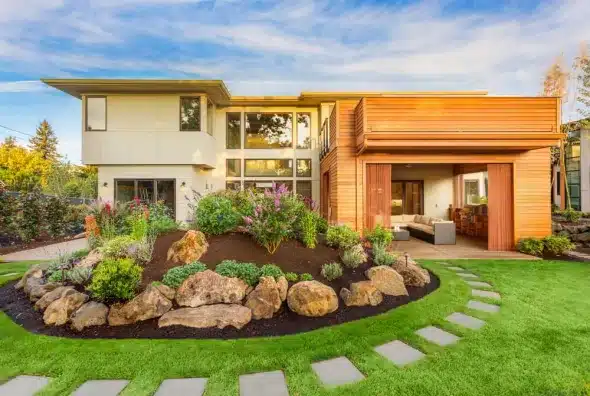 Landscaping is a powerful tool for transforming the exterior of your home. Focus on creating a clean, attractive layout that highlights the home’s best features.
Landscaping is a powerful tool for transforming the exterior of your home. Focus on creating a clean, attractive layout that highlights the home’s best features.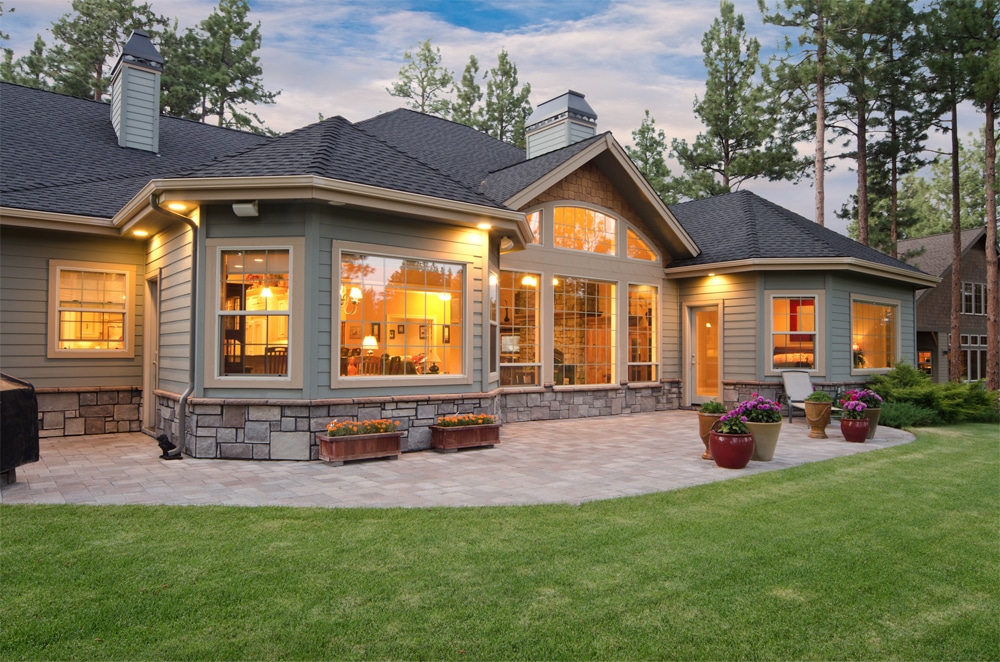 Replacing old, inefficient windows can dramatically improve both the appearance and energy efficiency of your home.
Replacing old, inefficient windows can dramatically improve both the appearance and energy efficiency of your home.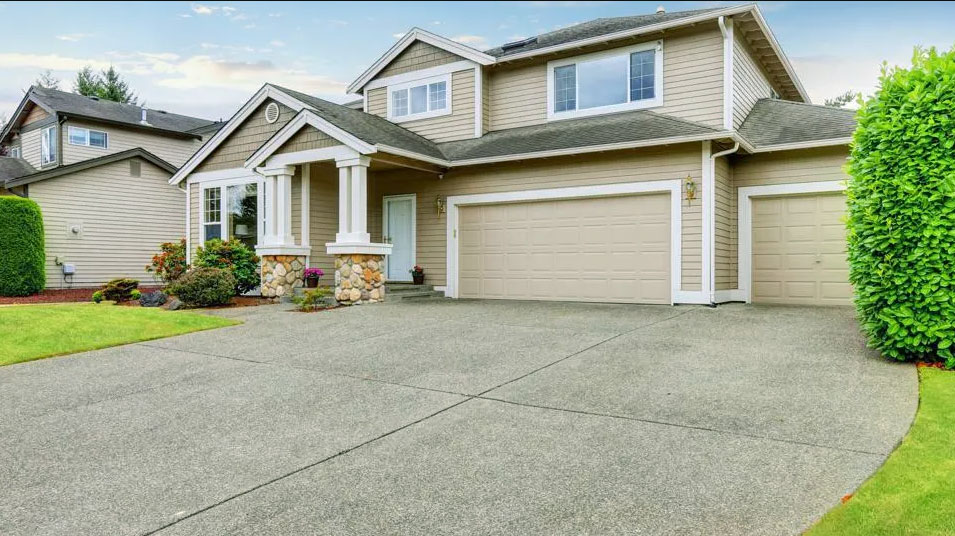 Your driveway and walkways are fundamental to the overall appearance and accessibility of your home. If they are cracked or stained, consider resurfacing or replacing them. Using pavers or stamped concrete can add a luxurious look and are available in various patterns and colors to match your home’s style.
Your driveway and walkways are fundamental to the overall appearance and accessibility of your home. If they are cracked or stained, consider resurfacing or replacing them. Using pavers or stamped concrete can add a luxurious look and are available in various patterns and colors to match your home’s style. Incorporating smart technology into your home’s exterior can significantly increase its modernity and functionality.
Incorporating smart technology into your home’s exterior can significantly increase its modernity and functionality.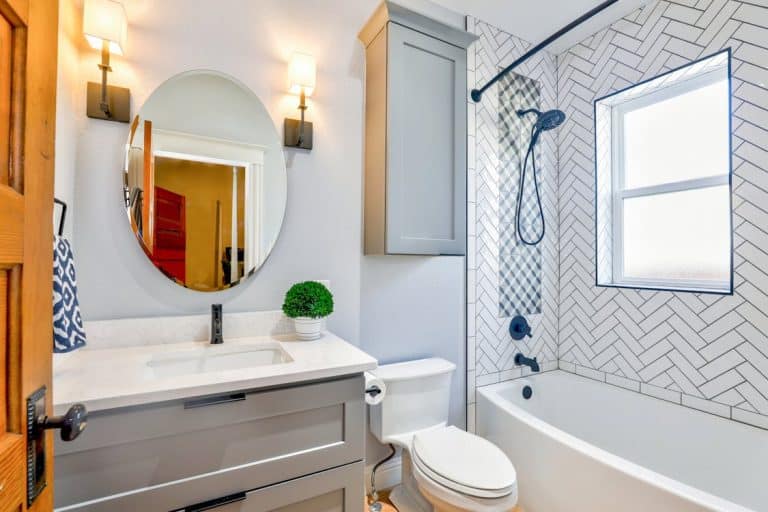
 Understanding how much you can afford to spend will help guide your decisions throughout the process. Start by researching the average cost of bathroom remodels in Memphis to get a rough idea of what to expect.
Understanding how much you can afford to spend will help guide your decisions throughout the process. Start by researching the average cost of bathroom remodels in Memphis to get a rough idea of what to expect.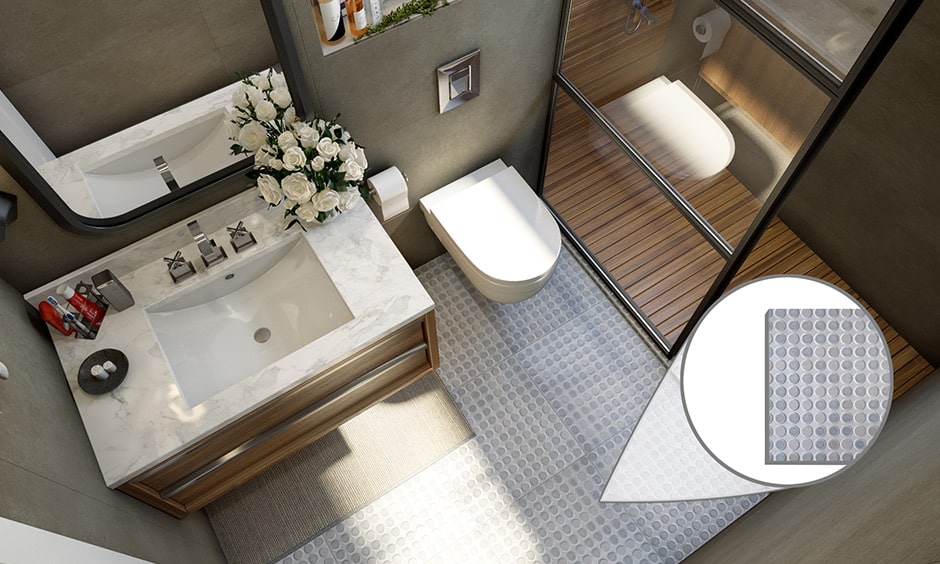 Selecting the right materials for your bathroom remodel is essential for achieving a durable and long-lasting result. Focus on choosing high-quality, moisture-resistant materials that fit within your budget.
Selecting the right materials for your bathroom remodel is essential for achieving a durable and long-lasting result. Focus on choosing high-quality, moisture-resistant materials that fit within your budget.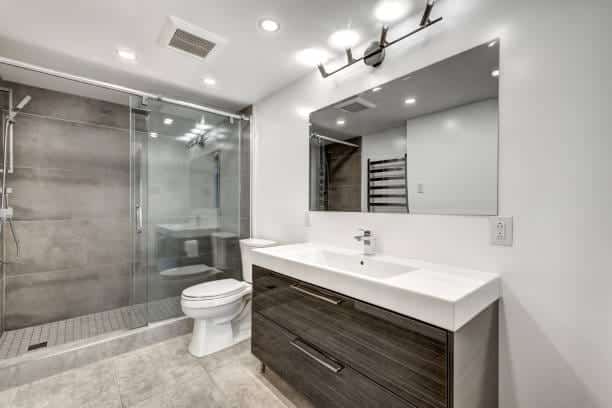 Before any remodeling work can begin, it’s crucial to ensure that all necessary permits are obtained. Memphis, like many cities, has specific building codes and regulations that must be followed. Contact the local building department to find out which permits are required for your project.
Before any remodeling work can begin, it’s crucial to ensure that all necessary permits are obtained. Memphis, like many cities, has specific building codes and regulations that must be followed. Contact the local building department to find out which permits are required for your project. Even with meticulous planning, unexpected issues can arise during a bathroom remodel. It’s important to have a contingency plan in place to handle any surprises that may come up. For example, you might discover water damage or outdated plumbing that needs to be addressed.
Even with meticulous planning, unexpected issues can arise during a bathroom remodel. It’s important to have a contingency plan in place to handle any surprises that may come up. For example, you might discover water damage or outdated plumbing that needs to be addressed.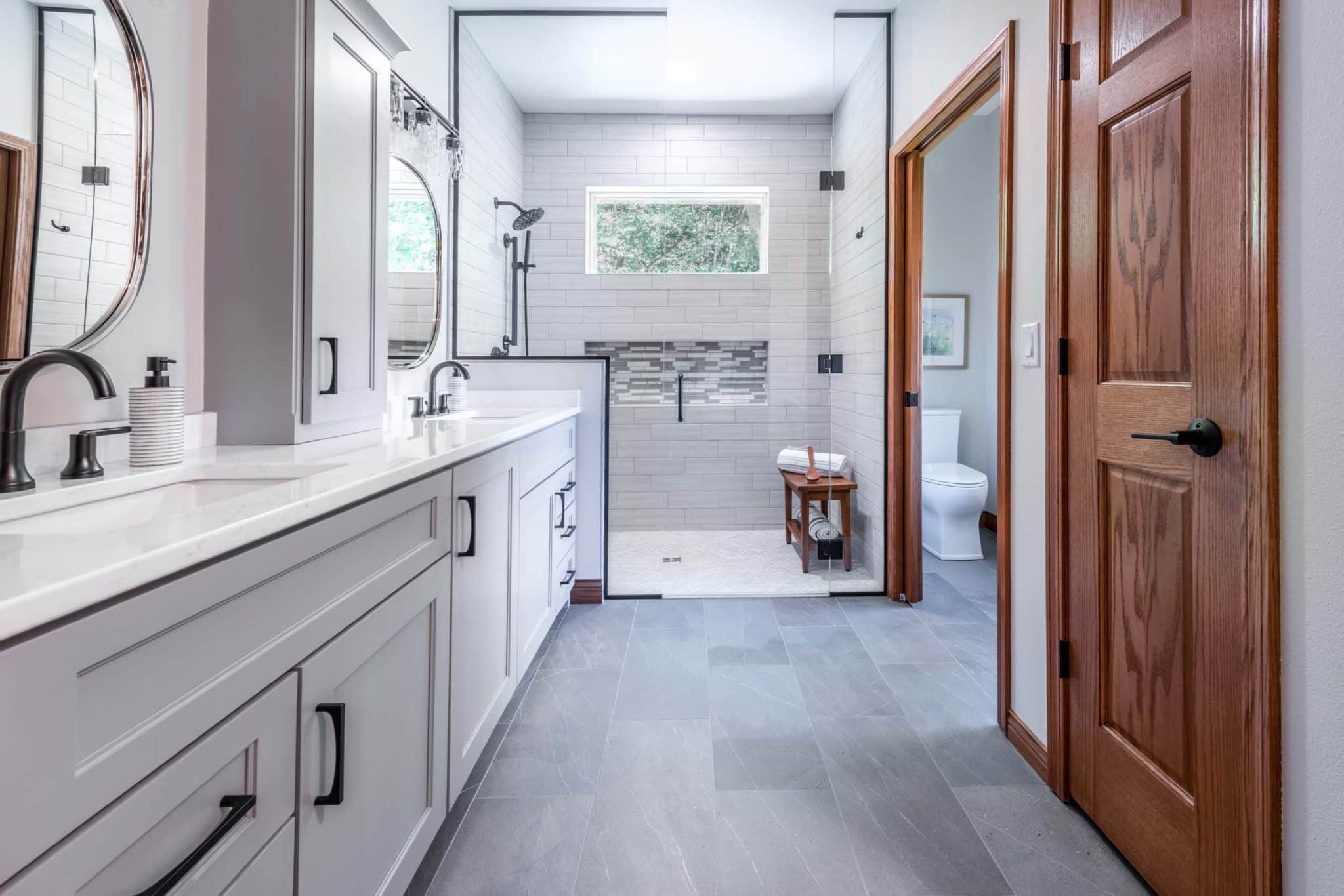 As the remodeling project progresses, it’s important to finalize all the details to ensure everything goes smoothly. This includes selecting fixtures, finishes, and accessories that match your design vision.
As the remodeling project progresses, it’s important to finalize all the details to ensure everything goes smoothly. This includes selecting fixtures, finishes, and accessories that match your design vision.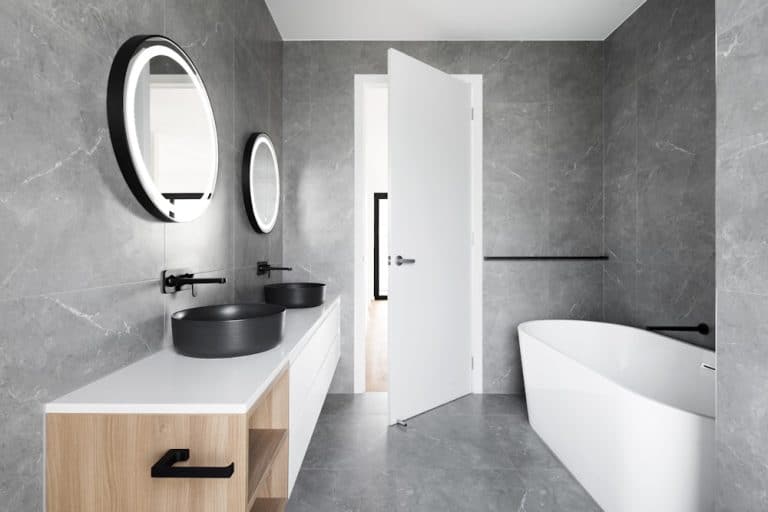
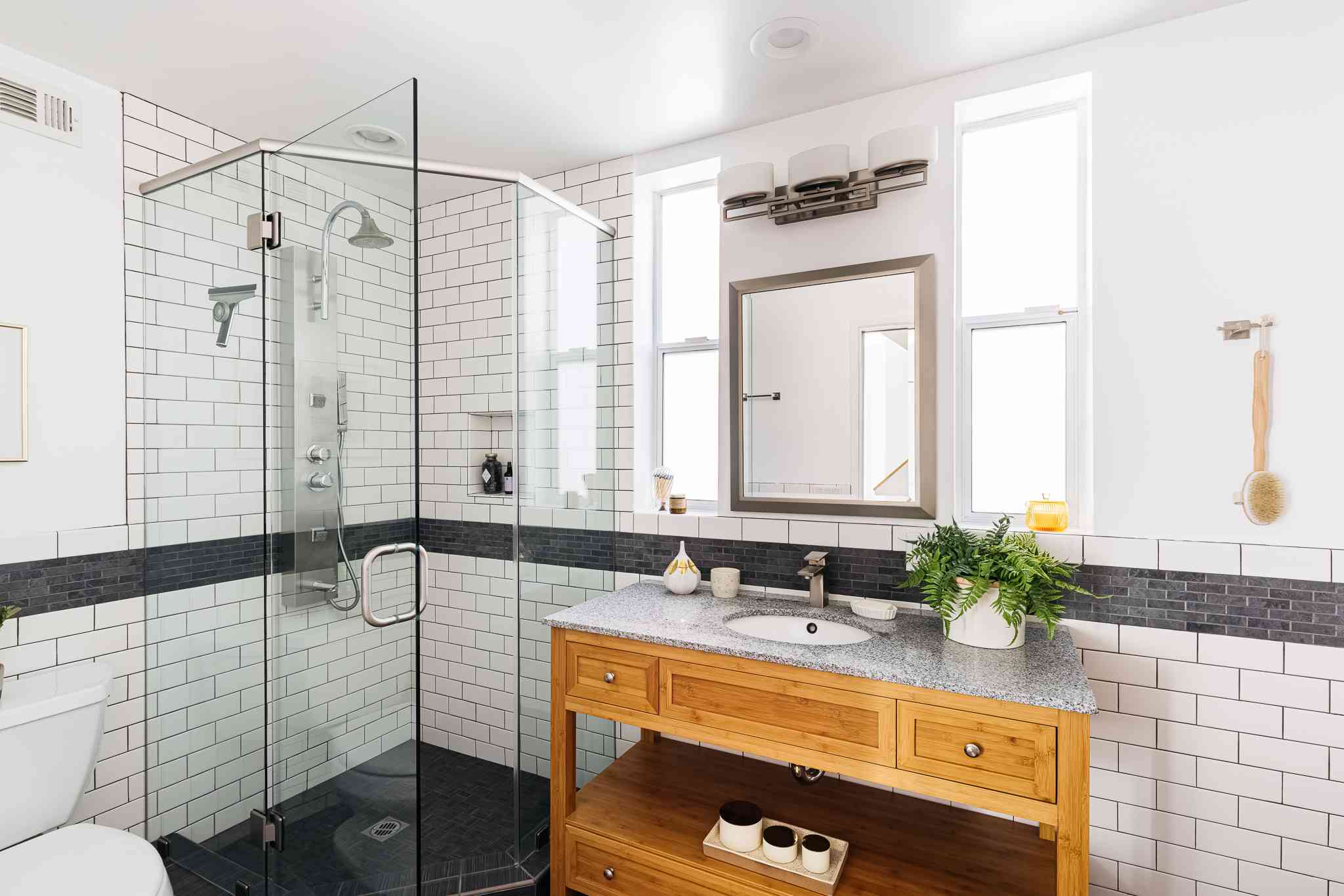 In a bathroom, embracing minimalism can create a clean, open, and calming environment. Start by decluttering and removing unnecessary items. Choose fixtures and furniture with simple, clean lines. For instance, opt for a sleek, wall-mounted vanity instead of a bulky cabinet. Neutral color palettes, such as whites, grays, and beiges, enhance the minimalist aesthetic and make the space feel larger and more serene.
In a bathroom, embracing minimalism can create a clean, open, and calming environment. Start by decluttering and removing unnecessary items. Choose fixtures and furniture with simple, clean lines. For instance, opt for a sleek, wall-mounted vanity instead of a bulky cabinet. Neutral color palettes, such as whites, grays, and beiges, enhance the minimalist aesthetic and make the space feel larger and more serene. Transforming your bathroom into a spa-like retreat is a fantastic way to make your space look luxurious. Start by incorporating elements commonly found in spas, such as steam showers, soaking tubs, and heated floors. These features can significantly enhance your bathing experience, providing both comfort and indulgence.
Transforming your bathroom into a spa-like retreat is a fantastic way to make your space look luxurious. Start by incorporating elements commonly found in spas, such as steam showers, soaking tubs, and heated floors. These features can significantly enhance your bathing experience, providing both comfort and indulgence.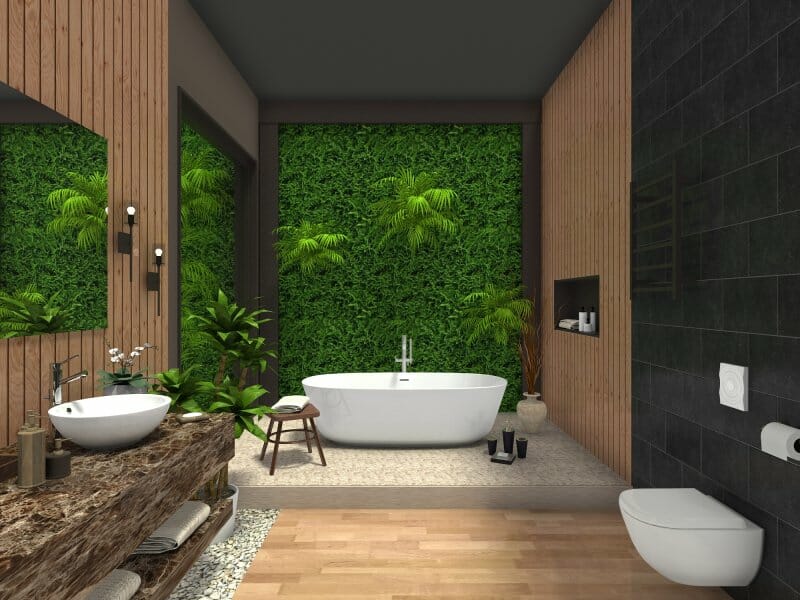 One of the freshest and most innovative trends in bathroom design is the introduction of
One of the freshest and most innovative trends in bathroom design is the introduction of 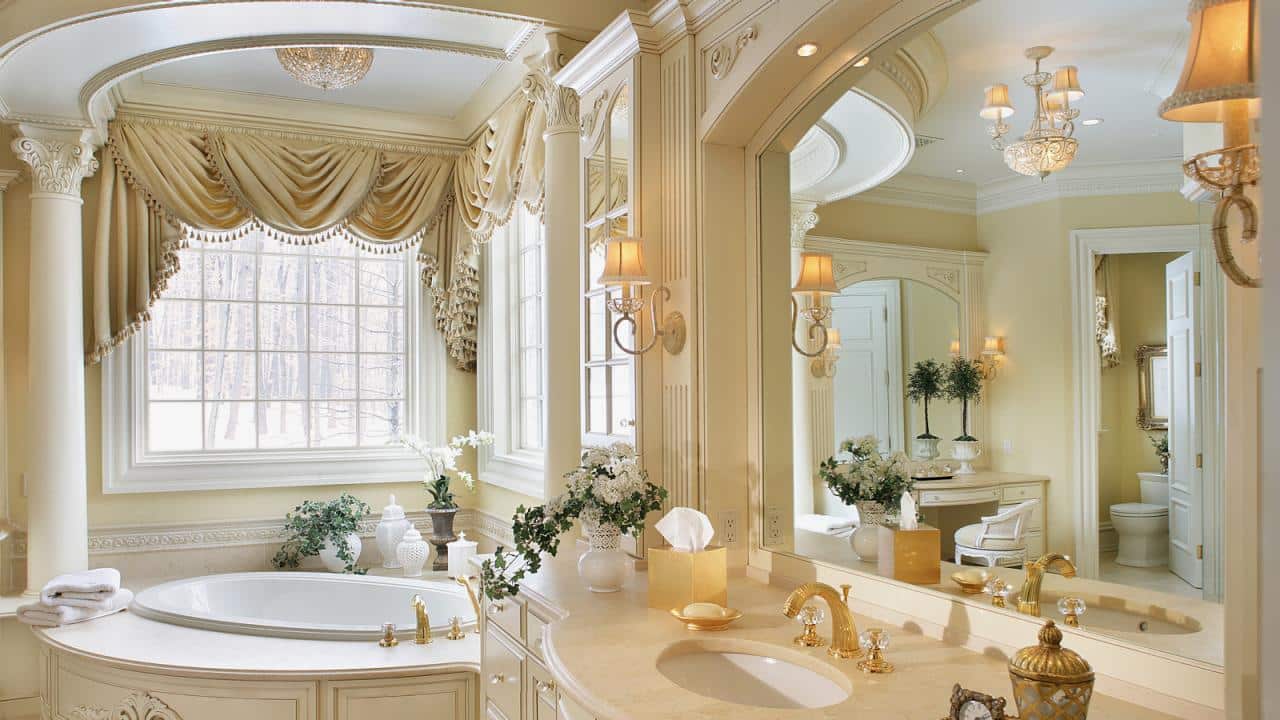 Incorporating high-end finishes into your bathroom remodel can elevate the space, making it feel more luxurious and refined. While these finishes may come at a higher cost, they often provide long-term value through durability and timeless appeal. Consider materials like marble, quartz, and brass for a sophisticated look.
Incorporating high-end finishes into your bathroom remodel can elevate the space, making it feel more luxurious and refined. While these finishes may come at a higher cost, they often provide long-term value through durability and timeless appeal. Consider materials like marble, quartz, and brass for a sophisticated look.


